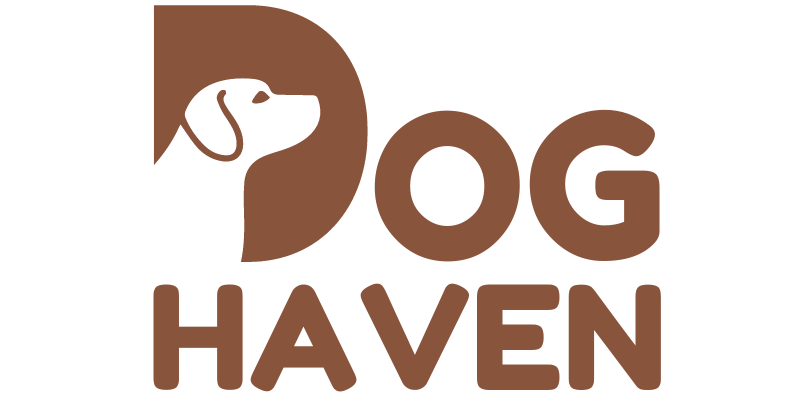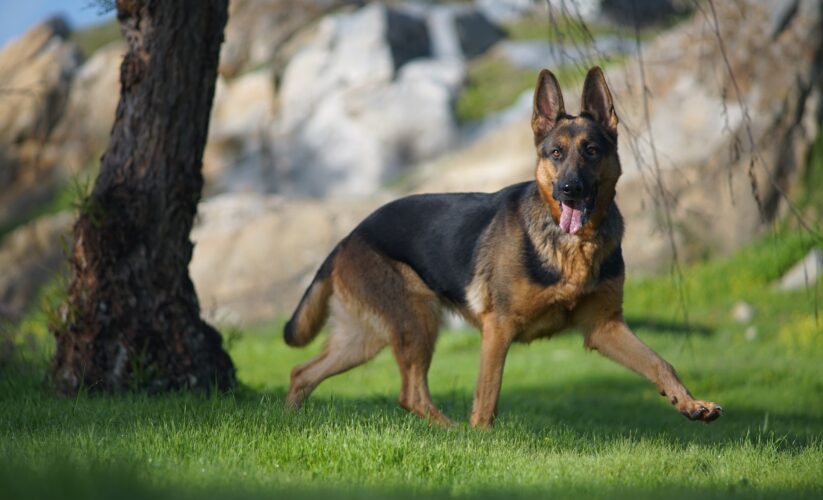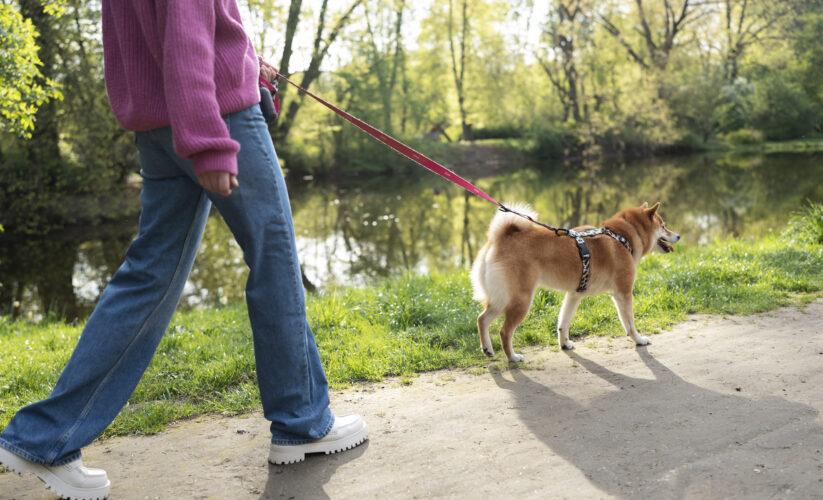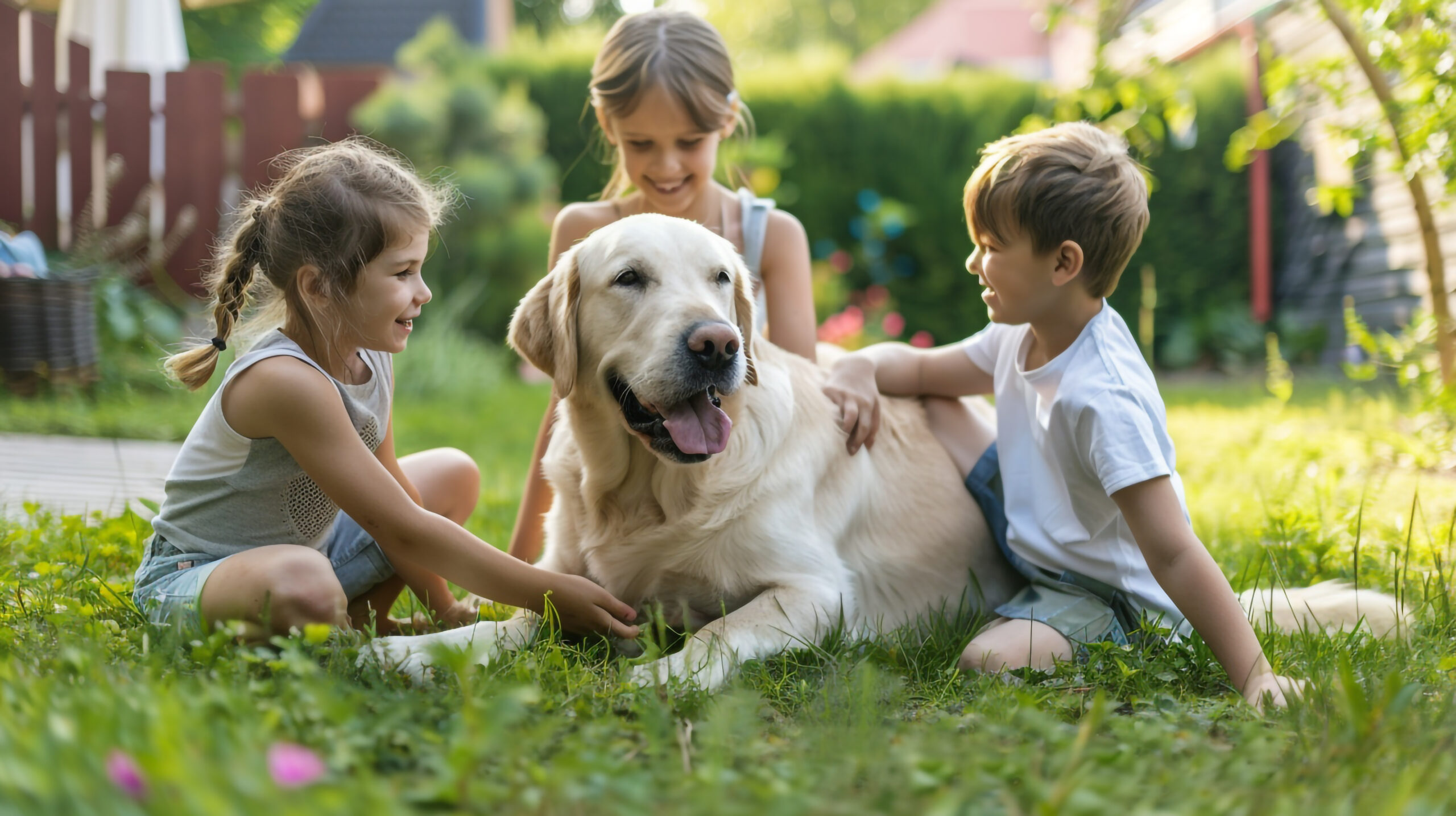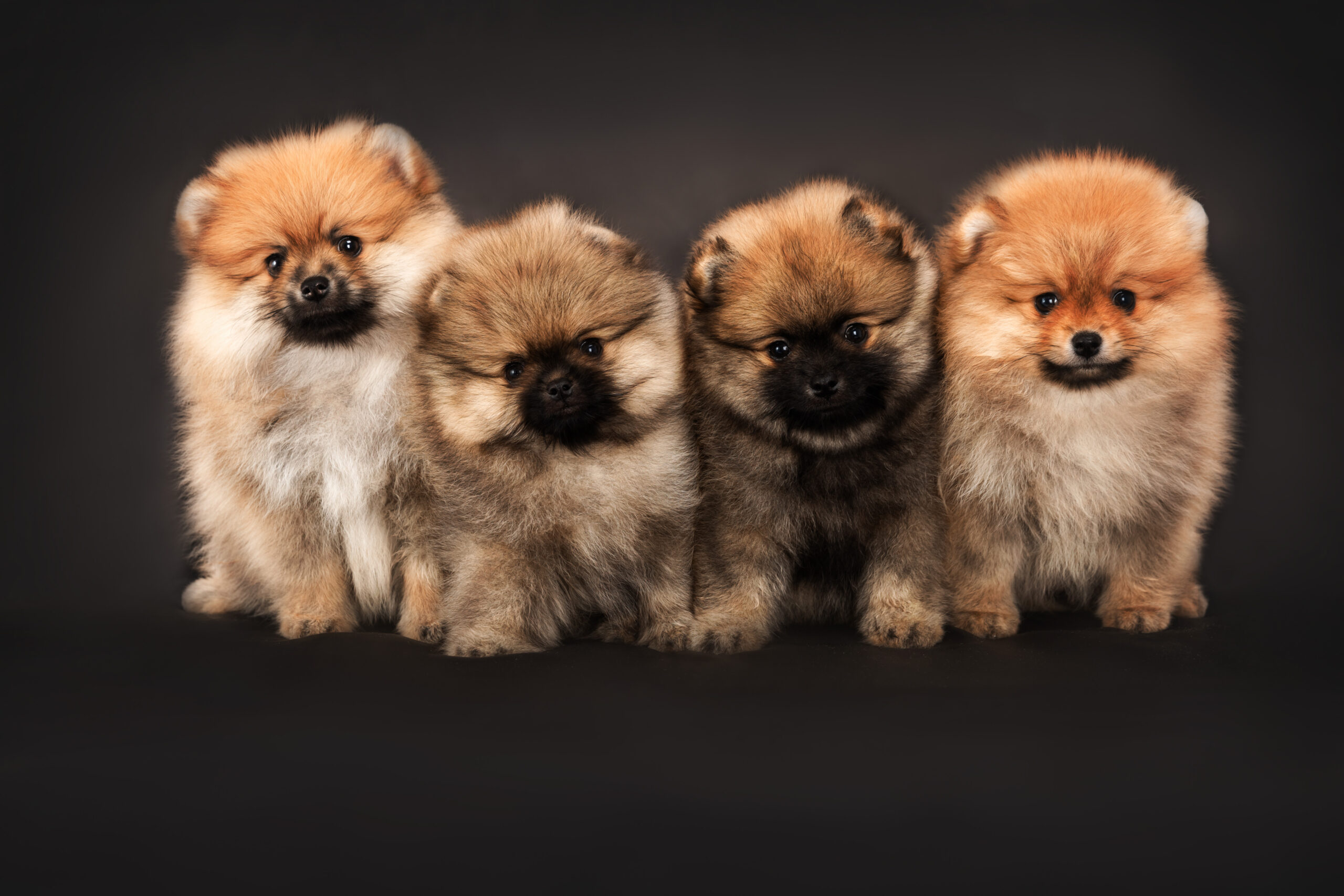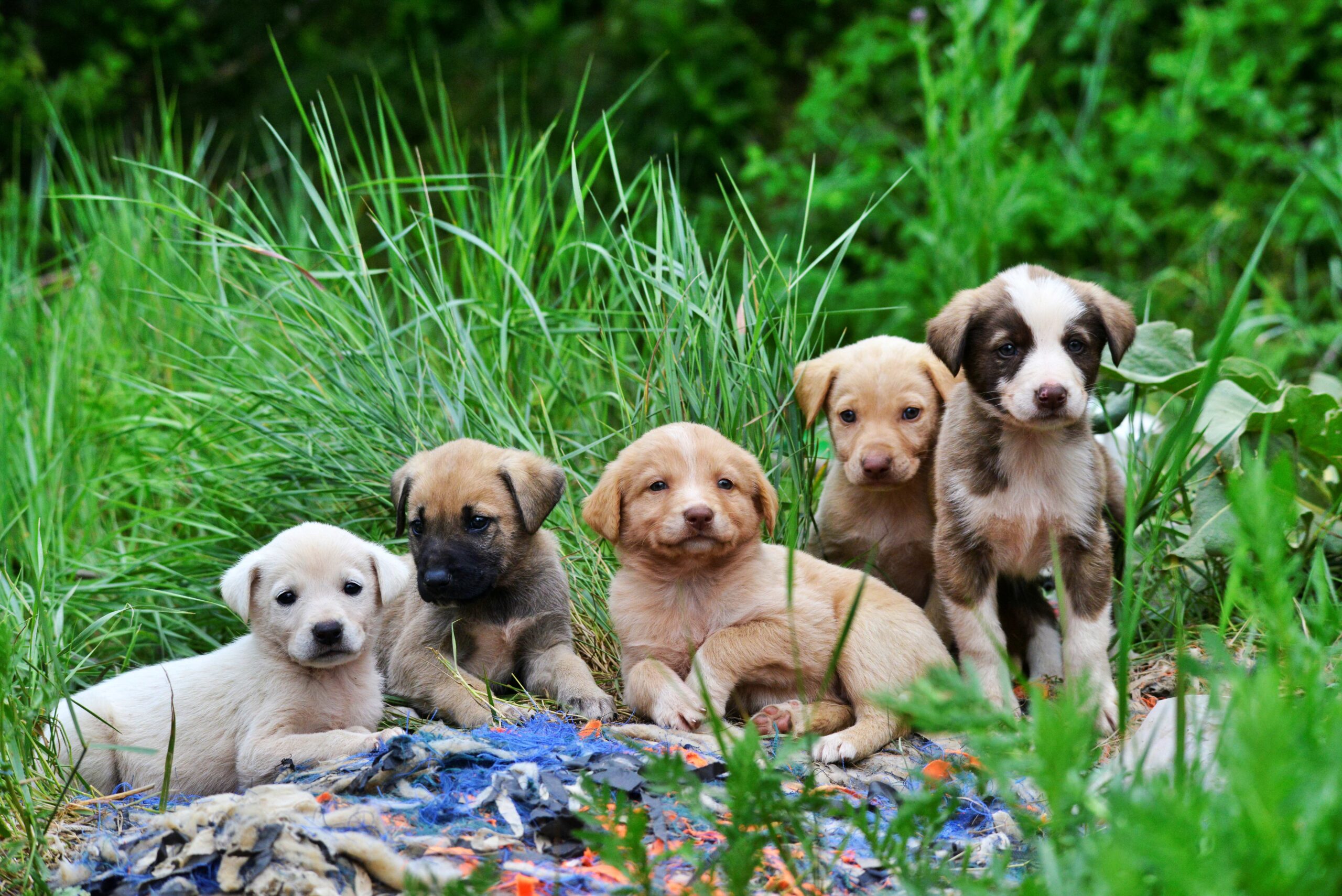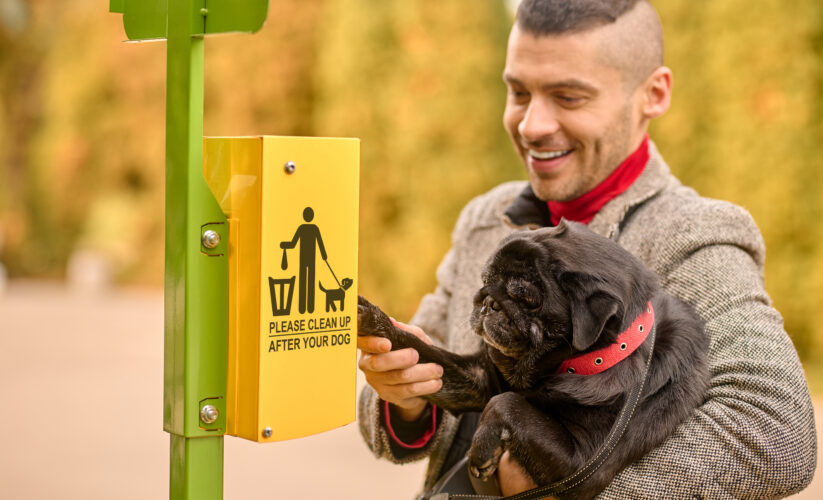
Genius Safety Tips for Large and Protective Dogs
Do you know what dangers summer celebrations pose to large protective dogs? From the Fourth of July to park afternoons, summer events are full of risks. Hidden dangers like glow sticks and barbecue coals can harm them.
Heat exhaustion is a big worry for these dogs, especially with their thick coats. Fireworks also cause a lot of stress. But, how can we keep them safe and calm?
Many treats given to dogs can be harmful. Foods like onion rings can make them sick. Crowd control is also key to keeping dogs safe and preventing fights.
Preventive vet care is crucial. Make sure your dog is up to date on vaccines and heartworm meds. Pet ID, like tags or microchips, is also vital for finding them if they get lost.
Being proactive is the best way to protect your dog. Creating a safety plan for summer events is important. Let’s look at how to keep your dog safe, from fireworks nights to family safety.
Understanding Your Dog’s Behavior During Outdoor Events
Going to outdoor events with your dog can be fun but also challenging. Dogs, especially scary dogs, and protective dogs, might feel anxious or stressed in crowded places. Loud noises like fireworks or busy street fairs can upset even the calmest dogs, causing them to act out.
Watching your dog’s body language is key. A tucked tail or raised hackles mean they’re stressed. A dog crate can be a safe spot for them when things get too much. But, it must be a place they feel comfortable and familiar with.
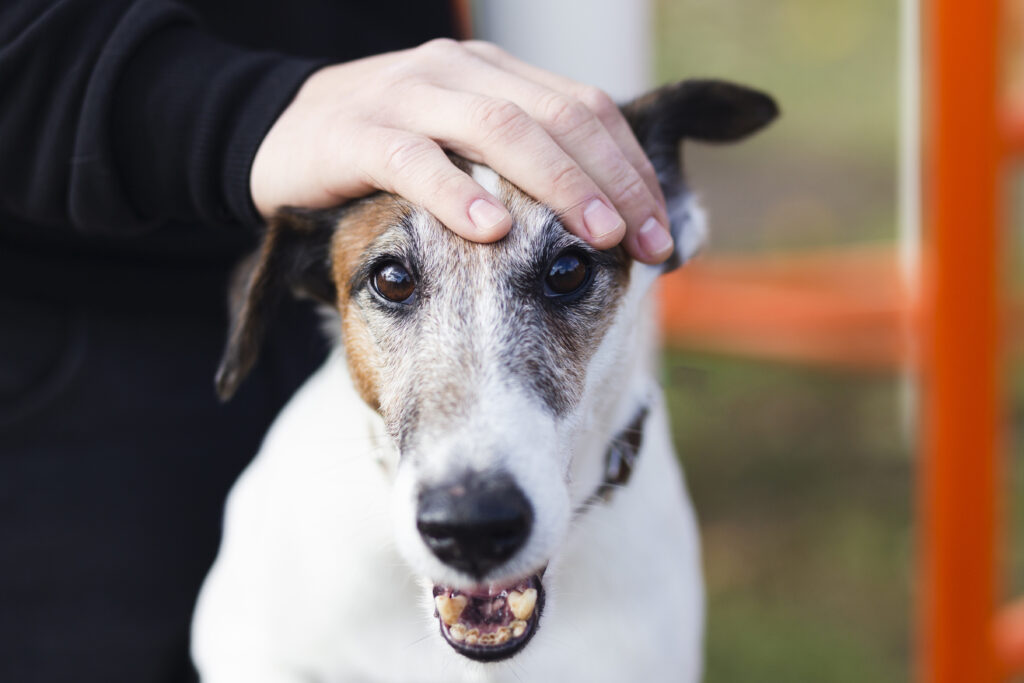
Dogs prone to dog respiratory illness need extra care at outdoor events. Places with dust or smoke can make their breathing problems worse. Always have water ready and leave if your dog shows signs of breathing trouble. These steps can keep them healthy and happy.
Training and getting your dog used to crowds and noise is important. Start introducing them to different places when they’re young. This helps them handle stress better. Protective dogs might need special training to control their instincts and know when to stay calm.
Knowing how your dog will react to big outdoor events can make a big difference. Preparing for their needs ensures everyone has a good time. It’s all about keeping them safe and happy while enjoying community activities together.
Preventative Measures to Protect Your Dog’s Health in Summer
When temperatures rise, so does the need for pet owners to keep their dogs safe. It’s key to prevent health issues like heatstroke, dehydration, and diseases that get worse in the heat. These problems can happen if dogs don’t get the right care.
Make sure your dog always has fresh water and a cool place to rest. Don’t shave them, as their fur helps keep them cool and protects them from sunburn. Using cooling wraps and mats can also help keep their body temperature safe.
When dogs are more active in summer, it’s important to keep their vaccinations up to date. This includes shots for rabies, distemper, and parvo, which are more common in the heat. Also, watch out for dangers like insect bites and open windows.
Knowing the signs of heatstroke is crucial. Look for heavy panting, glazed eyes, and a fast heartbeat. If you notice these, get your dog to a cool place right away.
Getting your dog identified is also important. A dog ear tattoo is a lasting and effective way to do this. Make sure they have a safe place to go during storms and power outages.
Good vet care, the right food, and exercise that fits their needs can make summer great for dogs. It keeps them healthy and happy during the warm months.
Training Large Dogs: Ensuring Good Manners for Family Safety
Training large, protective dog breeds is more than just using their strength for security. It’s about teaching them good manners to keep everyone safe and happy. A big part of this is making sure they don’t pee on the carpet. Training them to go in an enclosed dog run from a young age is key. This keeps your home clean and prevents accidents.
What your dog eats is also very important, especially if they have allergies. A dog diet for allergies can make them feel better. When they’re not in pain, they’re easier to train and behave better.
Many people, about 70% of home and business owners, think having a guard dog is a good idea. But it’s important that these dogs can also interact safely with others. Teaching them to be calm when meeting new people helps everyone feel safe.
Keeping dogs active and engaged is also important. Short, fun training sessions keep their minds sharp and their bodies healthy. This way, they learn to control their strength and size, especially around small kids or other pets.
In the end, well-trained large guard dogs can give you a lot of peace of mind. But they must also be kind and gentle at home. Finding the right balance is key for everyone’s safety.
Safety Tips for Large Protective Dogs: In-Home and Yard Security
Keeping large protective dogs like German Shepherds, Rottweilers, and Dobermans safe at home and in the yard is key. A sturdy dog kennel or dog run is crucial. These areas keep dogs safe from harm and prevent them from running off.
Inside, a dog crate is a cozy, secure spot for your dog. It’s a place for them to relax and feel safe, especially when it’s loud or during storms.
It’s important to keep dogs away from harmful things like cleaning agents and sharp objects. Training them well helps them react calmly to strangers and threats.
Outdoor spaces need strong fencing to keep dogs safe and prevent intruders. Dogs that bark or lunge at strangers need special training to handle these situations better.
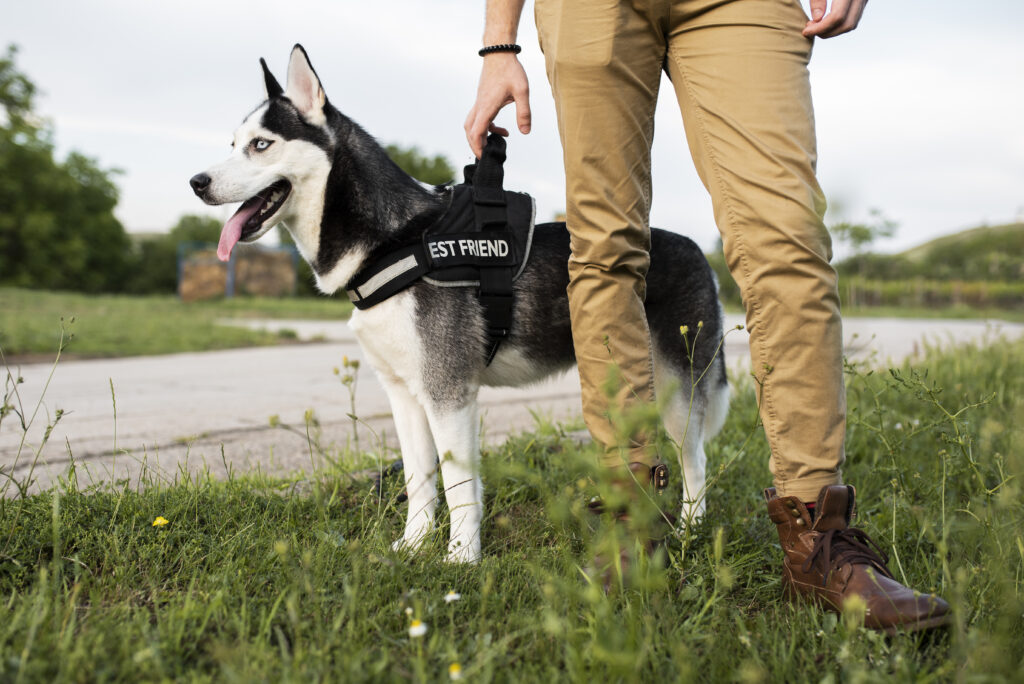
For dogs that need extra training, tools like a good leather leash and a muzzle can help. These tools are key during training to manage guarding behaviors.
Creating a safe and comforting space for large dogs lets them be happy guardians and family members. With the right approach, they can fulfill their protective roles safely and happily.
Nutrition and Exercise: Foundations of Preventative Care
Keeping dogs health in check requires a holistic approach. This includes a special dog diet for allergies and regular exercise. For large protective dogs, the key is a diet tailored to their health needs. Puppies need different feeding schedules, starting with four meals a day until they’re three months old.
As they grow, their meals decrease to two a day from six months to a year. After their first birthday, they should eat just once a day. For dogs at risk of bloat, eating two smaller meals a day can be very beneficial.

The quality of their diet is also crucial. Choosing high-quality dry dog food, with some broth or canned food, ensures they get all the nutrients they need. It’s important to avoid ‘people food’ because it might not be good for growing dogs, especially large breeds.
Exercise is just as important as diet. It should be based on the dog’s breed, age, and health. Regular exercise helps keep them at a healthy weight and improves their mental health. It also keeps them agile and alert.
It’s also key to limit baths but check for fleas and ticks every day during warm seasons. This helps prevent common health problems.
Preventive care goes beyond just food and exercise. Regular vet visits, keeping vaccinations current, and following local laws are all part of it. Each part, from diet to exercise and health care, is connected. Together, they form a strong care plan for protective breeds.
So, a thoughtful dog diet for allergies, enough exercise, and regular health checks can greatly improve dogs health. This ensures they live a happy, active, and healthy life.
Transportation and Identification Essentials for Your Dog
Traveling with your dog needs careful planning and the right gear. A sturdy dog crate is key for safe trips, whether to the vet or on vacation. It should let your dog stand, turn, and lie down easily. Also, keep your dog safe in the car by using a crate and not letting them stick their head out.
Identification is more than just a collar tag. A dog ear tattoo adds extra security, helping find your dog if they get lost. With a tattoo, microchip, and current tags, your pet can be quickly returned if they wander off.
Before any trip, check the pet rules for travel. Dogs under 20 pounds face limits on Amtrak, and bigger dogs need a dog crate. Airlines have rules too, like crate size, health checks, and vaccination status. Keeping your dog healthy for travel means up-to-date shots and light meals to avoid stomach issues.
Travel anxiety affects about 84% of dogs. Get them used to their crate and start with short trips. Regular breaks on long drives help your dog stretch and relax. Pack food, water, a leash, and a first aid kit for any travel need.
With a secure dog crate and clear ID like a dog ear tattoo, your dog will have a safe and enjoyable trip.
The Importance of Control Measures and Preventative Veterinary Care
For owners of protective dog breeds, it’s crucial to keep them on a leash in public. This ensures the safety of both the dog and others. Keeping dogs confined at home is also key. Secure fencing and safe indoor areas prevent escapes and accidents, giving owners peace of mind.
Regular vet visits are essential for a dog’s health. They provide a snapshot of a dog’s health, similar to years of human life. These exams help catch health problems early, like a magnifying glass on a dog’s health.
For dogs that spend time outdoors, yearly heartworm screenings and fecal tests are vital. These tests protect against parasites. Vaccinations, blood tests, and thyroid screenings also help keep dogs healthy.
Preventative care goes beyond physical health. Spaying or neutering can extend a dog’s life and prevent behavioral problems. Research shows that leaner dogs live longer and have fewer health issues.
Advanced care includes heartworm prevention and disease screening. It also involves socializing puppies. In the US, many vets offer these services, making preventive care essential for a happy dog.
